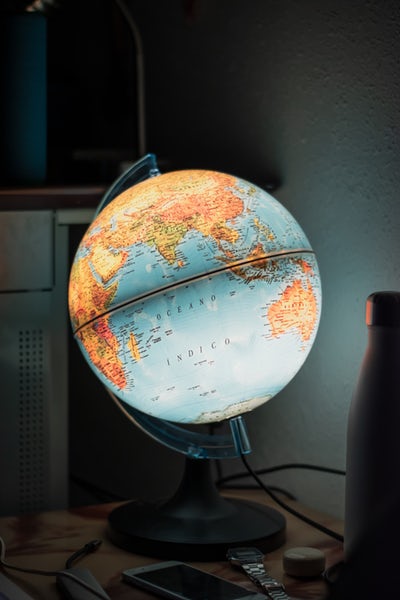Some of you will remember the very wonderful Jane Symonds who worked at Strategic Grants a few years ago and has since moved to live and work in Paris. We thought we’d check in and see what she’s been up to in the past few years working at the International Federation for Human Rights, and ask her to share her wealth of knowledge on grants and cross-border fundraising.
Q: Tell us a bit about your current role?
A: I’m Head of Development for the International Federation for Human Rights (FIDH). The oldest international human rights body in the world, we are a federation of more than 180 independent human rights NGOs, working in over 100 countries on 5 continents, to focus the attention, support and protection of the international community on human rights.
My role involves working with current and prospective major funding partners (public institutions and foundations) as well as working on individual giving and corporate partnerships strategy. I am also involved in building staff capacity on project planning, monitoring and evaluation, and fundraising more generally.
Q: Are there commonalities in what funders expect in Australia and internationally? And, inversely, what are the particular challenges of fundraising across global borders?
A: In terms of commonalities, relationship-building is critical – I think that’s universal. And good communication is essential to that relationship-building. With international fundraising there’s an extra layer because your funders may come from different cultures to you or your organisation. It might seem like a small thing, but culture has a big impact on how people communicate (think of stereotypes about the Germans being clinical, Canadians being overly polite, USA-ns being loud and over the top – those stereotypes grow, at least in part, from different ways of communicating that are perfectly normal and unremarkable within each culture). My French colleagues often make reference to my “Anglo-saxon” directness. French communication tends to be more formal and (to my blunt Australian eyes at least) flowery. So the way I email a French funder and a North American funder about the same topic can be miles apart. It’s a good reminder that good communication is about knowing and adapting to your audience. But ultimately I think that what they’re looking for is the same: well-thought-out projects, good stewardship, and reassurance that their investment is going to achieve a result that aligns with their goals.
Q: What are the key trends you’re seeing in grants and grant-making in Europe?
A: Unfortunately in the human rights space the work to be done is only growing, as rights and those who defend them are increasingly under attack in every region of the world. I’m not sure investment in human rights is growing at the same pace. Collaboration and strategic alliances are more important than ever (and funders are not just looking for this, but will actively fund it).
Grantees need to see themselves as part of an ecosystem with shared goals, not as a lone soldier fighting a noble but solitary fight.
Effective project design, monitoring and evaluation is also more important than ever. Funders need to see that NGOs are clear about what they’re trying to achieve, the logic of how they’re going about it, and how they will measure their success. This is not always easy, particularly in sectors like human rights where impact is difficult to quantify (a big part of FIDH’s work, for example, is capacity building) and can take a very long time (it might easily be more than a decade between a human rights violation being investigated and the perpetrators being brought to justice). But just because it’s not easy, doesn’t mean it can’t be done, and investment in this area is critical to keep attracting funding.
I think funders are more and more sensitive to the global North/South divide and the fact that a lot of funding (at least in the human rights sectors) continues to come from the North while the needs are more concentrated (although far from exclusively) in the South. So there’s a focus on local-level impact and enabling local civil society and communities to lead change, rather than funding external interventions that are not rooted in the country or region. Which is a good thing!
Q: You’re not only a wonderful and very accomplished fundraiser and communicator, but have also been tour guide to Paris for a number of visiting Strategic Grants staff! Tell us your top tips/sights/experiences while visiting your new hometown ?
A: Haha! Dragging visitors around Paris is my favourite pastime! I’m unashamedly #LeftBankforlife, so the Latin Quarter is a must but the best thing about Paris is that the city itself is a small place and you can cover a lot of ground (and a lot of very distinctive neighbourhoods) in a short time.
I guess if I had to whittle down to two tips, it would be: firstly, if fancy restaurants are your thing, go nuts, but for me nothing beats a baguette, a wedge of blue cheese and a bottle of wine from the local supermarket, eaten in an impromptu picnic on the riverbank at Sully-Morland.
And secondly, Paris is a beautiful place, and deserves to be admired from above. If you’re in it purely for the view, head up the Tour Montparnasse in the 14th – but if (like many current and former SG staff) you enjoy a refreshing beverage, take your pick of the many rooftop bars. My favourite? Ahh… you’ll have to come and ask me in person, I don’t want word getting out or I’ll never get a table again…

